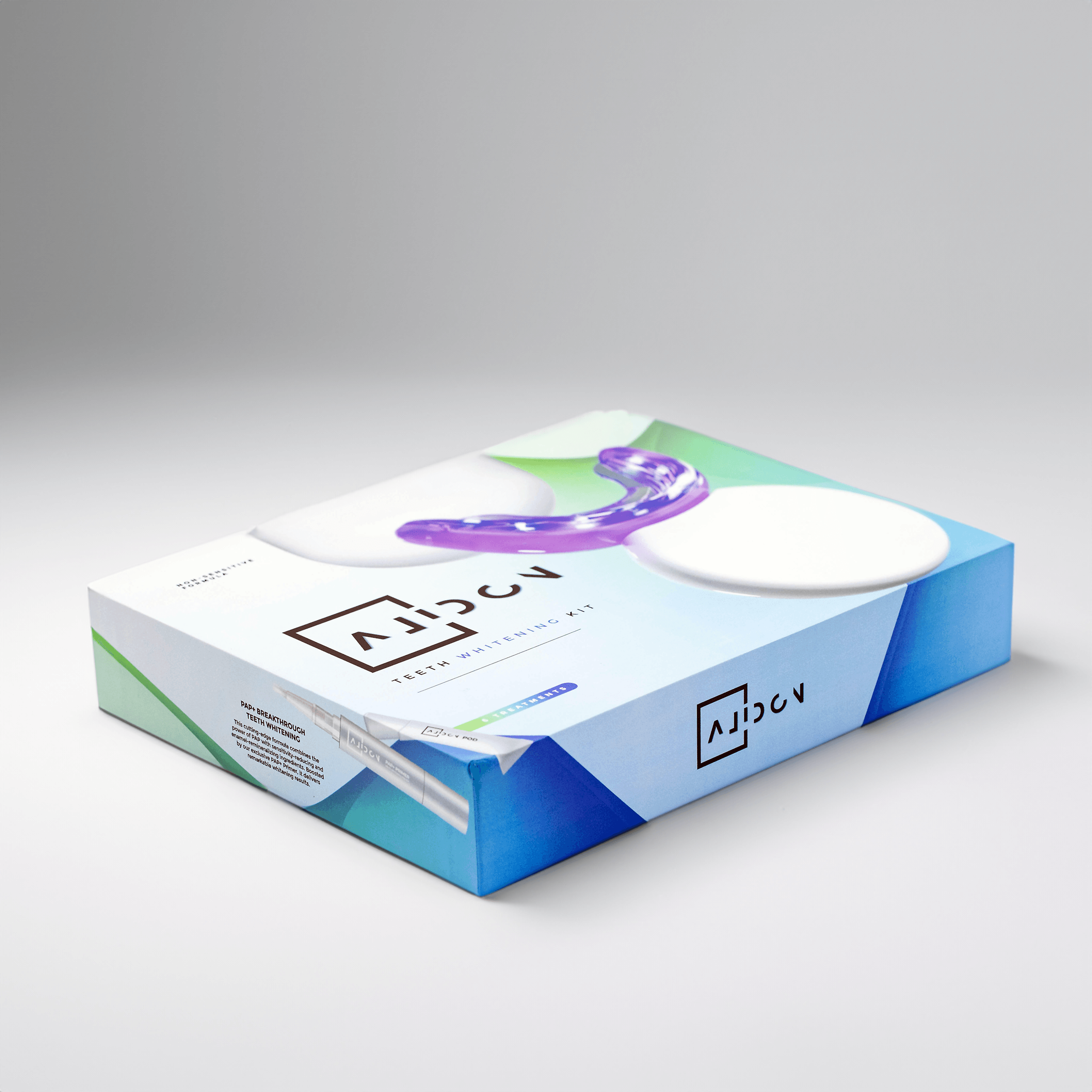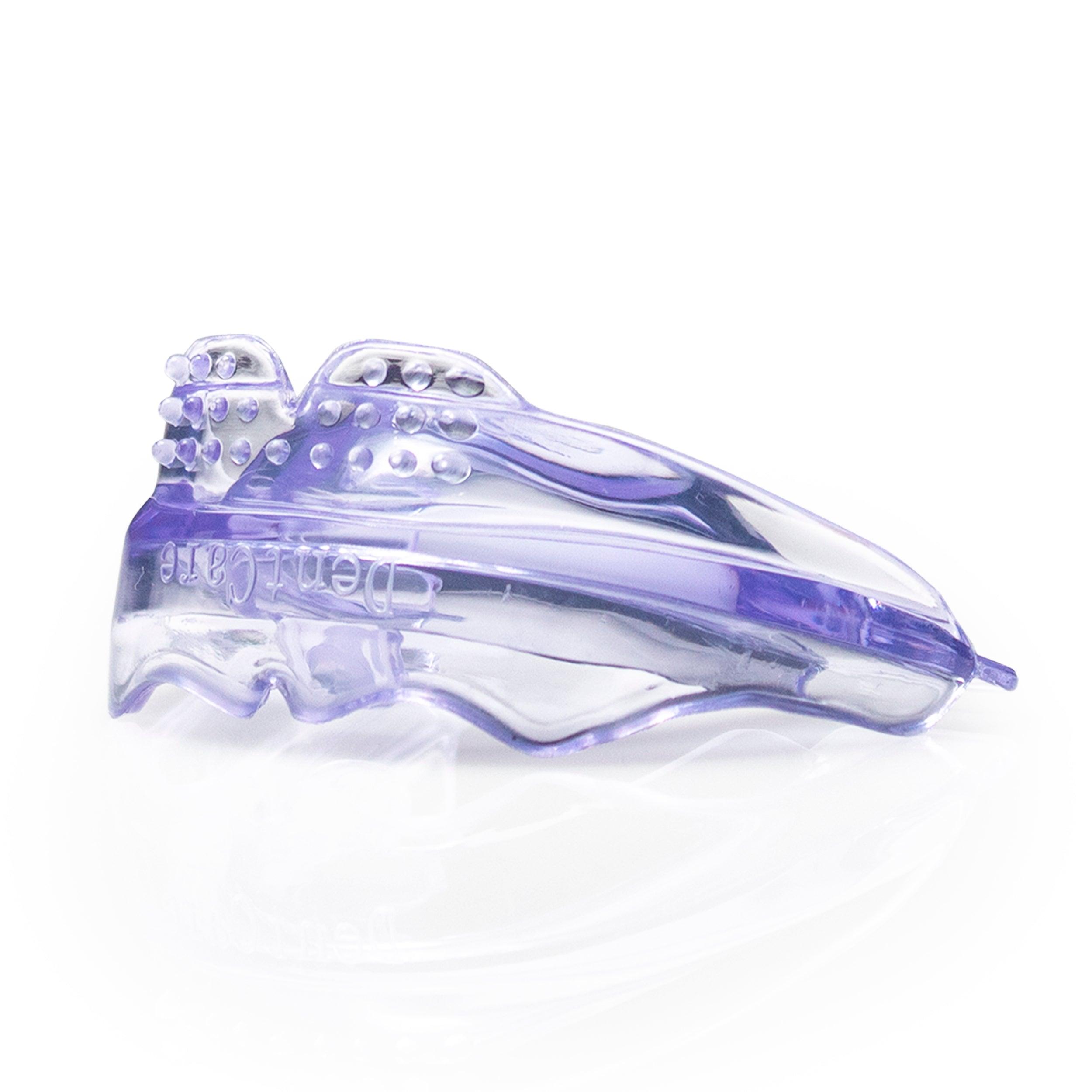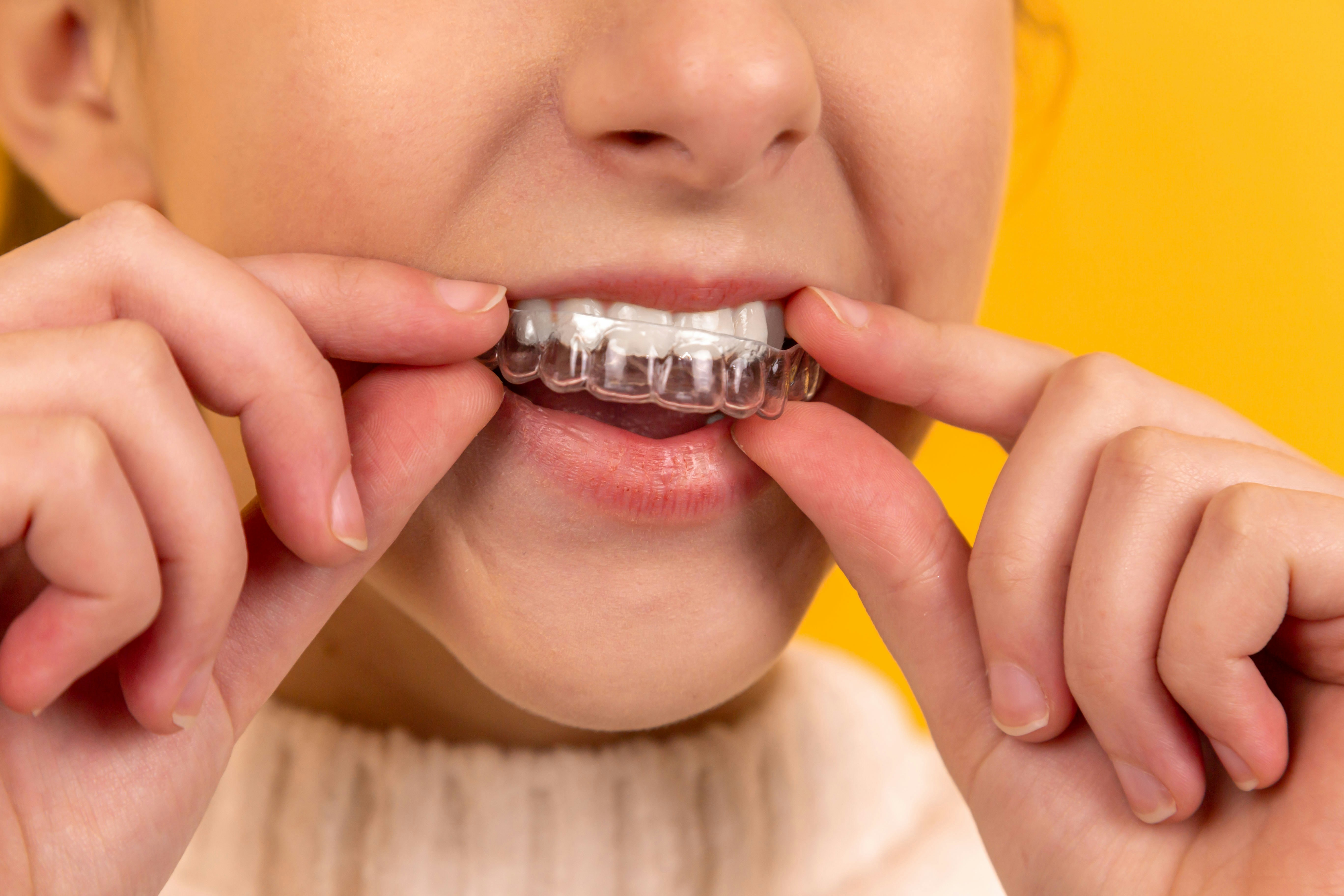Navigating Root Canal Treatment: What to Expect
Uh oh! That dreaded phrase heard by many a patient – “You need a root canal.” While not nearly as terrifying as lore would have it, a root canal procedure can seem a bit daunting if you don’t know what to expect. Fear not! We’re here to walk you through the process so you can show up for your appointment feeling cool, calm, and collected.
First things first, why is this even necessary? Well, when a cavity decides to overstay its welcome and ventures deep into the heart of your tooth, it’s time to call in the cavalry (or, in this case, the endodontist!). That pesky cavity has gone beyond the enamel, past the dentin, and is now throwing a rave in the nerve of your tooth. A simple filling just won't cut it at this stage, so it's root canal to the rescue!
Step-by-Step Breakdown of Your Root Canal Journey
Let’s break down what you can expect during a root canal procedure:
- Prepping the Scene: Think of this as setting the stage for our star, the tooth. Your dentist will start by placing a dental dam around the tooth, like a tiny raincoat, to keep the area dry and isolated. Next up, a bit of caulking-like material might be used to further seal the area.
- Out with the Bad Stuff: Just like in a classic filling procedure, the dentist will first drill the tooth to remove the decayed parts. Consider it a mini-excavation project, removing the unwanted tenants from your tooth.
- Time for the Deep Clean: Now it's time to tackle the heart of the matter – the infected pulp. Using tiny instruments called files, the dentist will carefully clean and shape the canals inside your tooth. These canals are like tiny tunnels that house the pulp, and cleaning them out ensures the infection is completely removed.
- Flushing Out the Debris: Imagine this as a mini power wash for your tooth. A special disinfecting solution will be used to rinse and flush away any remaining debris from the canals, leaving them squeaky clean and ready for their grand finale.
- Sealing the Deal: Once the canals are sparkling clean and dry, it's time to seal them up tight. A rubber-like material called gutta-percha is used to fill the canals, preventing any future unwanted guests from setting up camp. A temporary filling is then placed on top, like a little protective cap, until your tooth is ready for its permanent restoration.
| Stage | Process |
|---|---|
| Preparation | Isolation of the tooth, removal of decay |
| Cleaning and Shaping | Removal of infected pulp, cleaning and shaping of canals |
| Irrigation | Flushing and disinfecting the canals |
| Filling | Sealing the canals with gutta-percha, placing a temporary filling |
Post-Root Canal TLC – Pampering Your Tooth Back to Health
Congratulations! You've successfully navigated your root canal procedure. Now, it's time to shower your tooth with some much-deserved TLC. You might experience some mild sensitivity for a few days, but over-the-counter pain relievers can easily manage that.
Remember to be gentle with your tooth and avoid chewing on that side until your permanent filling or crown is in place. This will protect your newly restored tooth and ensure its long-term success. Your dentist will give you specific instructions on caring for your tooth during this healing period.
Alidon: Your Partner in Post-Root Canal Care
Maintaining good oral hygiene is crucial, especially after a root canal. Alidon offers a range of products designed to support your journey to a healthy and dazzling smile. Our Teeth Whitening Kit, for instance, can help restore your teeth's natural brilliance, while our innovative Smile Aligner Kit can address any alignment concerns, ensuring your smile is both healthy and radiant. Remember, a confident smile starts with Alidon!
FAQs about Root Canal Treatment
What are some common concerns after a root canal?
After a root canal, it's normal to experience mild sensitivity or discomfort for a few days. This can usually be managed with over-the-counter pain relievers. If you experience severe pain, swelling, or other unusual symptoms, contact your dentist immediately.
How long does it take for a root canal to heal completely?
Most root canals heal completely within a week or two. However, it's essential to follow your dentist's post-operative instructions and maintain good oral hygiene practices for long-term success.
Are there any dietary restrictions after a root canal?
While your temporary filling is in place, it's best to avoid hard, sticky, or chewy foods that could potentially dislodge it. Once your permanent crown or filling is placed, you can generally resume your normal diet.









